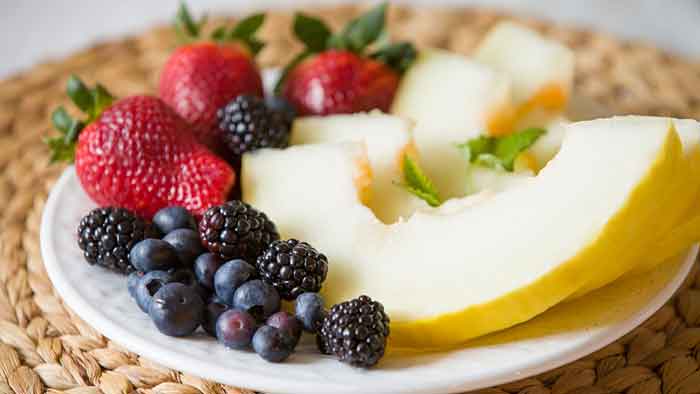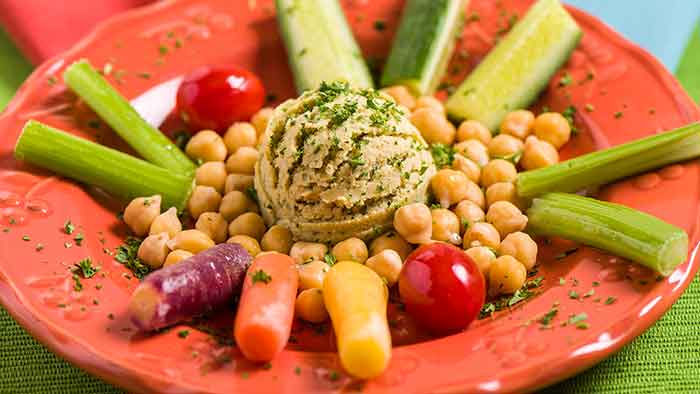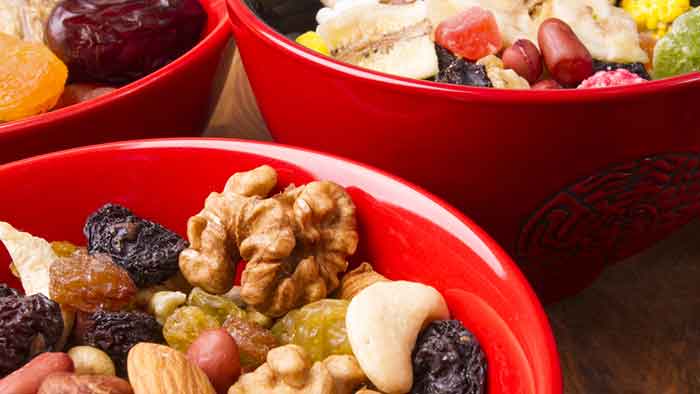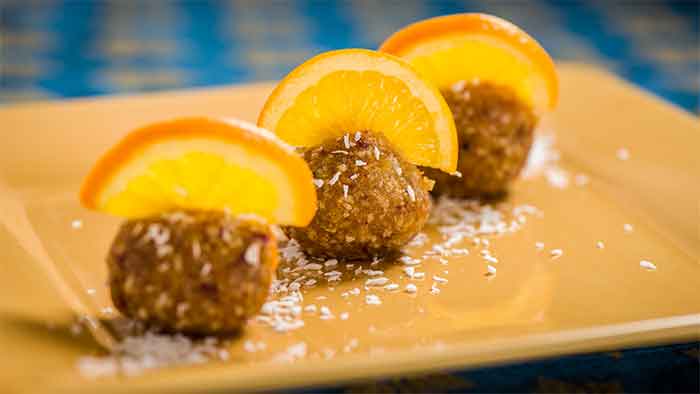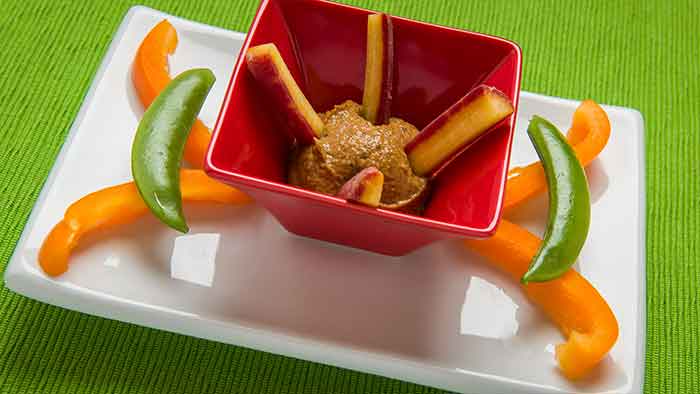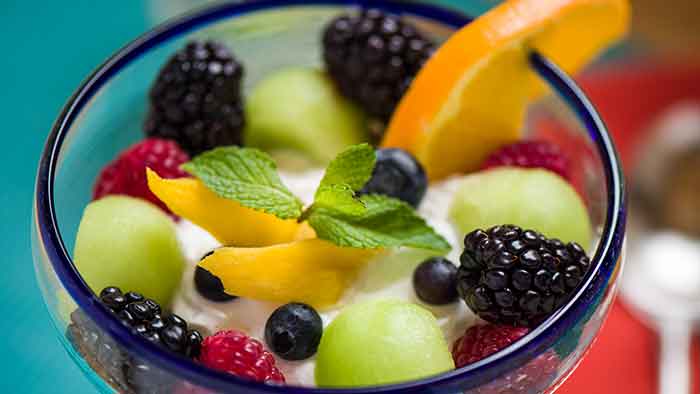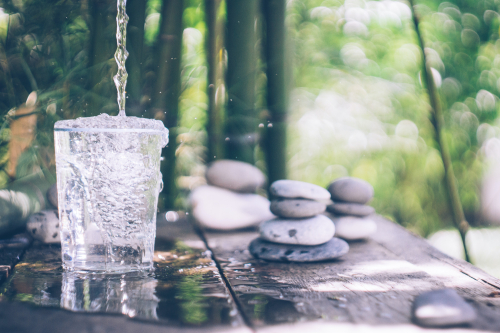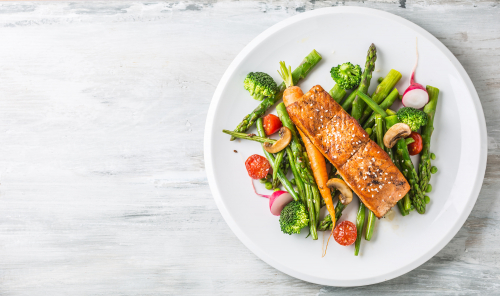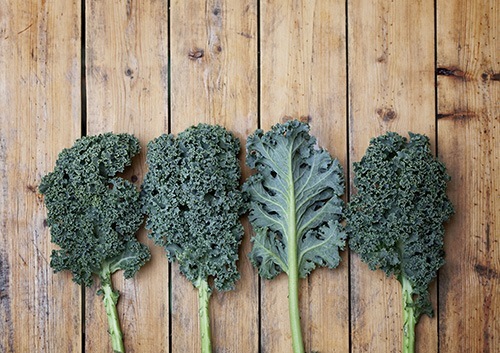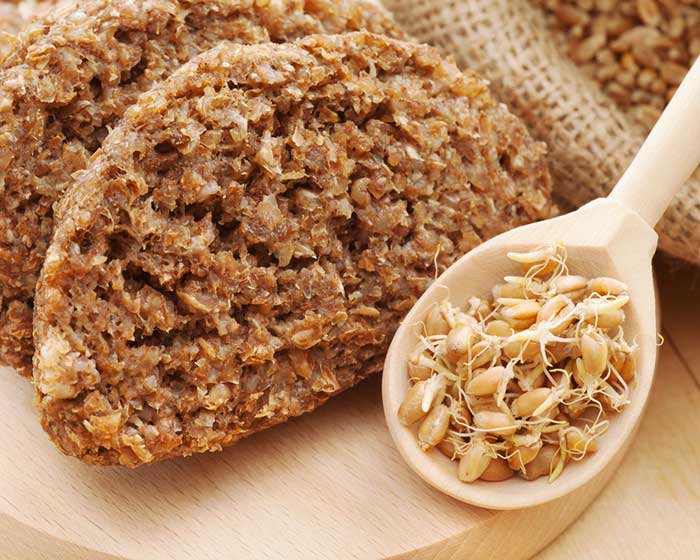Feeling Vitamin D-ficient? How to top up on the Sunshine Vitamin this Winter
 In the middle of winter, are you feeling a little low on energy? Could be that you’ve come to your ‘D-day’, a time in the year when your Vitamin D is at an all-time low. But the good news is, this is easy to top up with a high-quality multi-vitamin and some delicious nutrient-rich foods!
In the middle of winter, are you feeling a little low on energy? Could be that you’ve come to your ‘D-day’, a time in the year when your Vitamin D is at an all-time low. But the good news is, this is easy to top up with a high-quality multi-vitamin and some delicious nutrient-rich foods!
Vitamin D, necessary for healthy bone density, calcium absorption, and even depression prevention, is provided naturally to us in two main ways: by the sun’s UV rays, and through our diet. Yet, in these winter months when the sun is low in the sky and usually cloud-covered, most of us aren’t getting enough of the sunshine vitamin. By the time spring rolls around, many of us are Vitamin D deficient. To help us stay topped up on this important player in the body’s functioning health, we’ve taken a look at what foods we can incorporate into our diet to get this necessary nutrient. But first, why exactly is Vitamin D so essential?
Related Article: Mother Nature is the Pill for Health
Why is Vitamin D so important?
Often correctly associated with bone health, Vitamin D does a lot more for our overall health and body function than it’s usually given credit for. In addition to being absolutely necessary for bone growth and repair, Vitamin D also aids calcium absorption in the gut, is responsible for the modulation of cell growth, neuromuscular and immune system function, and reduction of inflammation. No question that this Vitamin’s role is crucial to our body’s functioning health!
Where can I get my Vitamin D?
When UV rays from sunlight touch the skin, this triggers Vitamin D synthesis. But when sun exposure is at a minimum during the winter months, we can turn to diet to help with our vitamin D intake. Unfortunately, very few foods are high in Vitamin D naturally, and so it is not possible to get all the Vitamin D you need from diet alone. In conjunction with a high quality multi-vitamin and UV exposure (in moderate amounts, where possible), here are some of the best food sources of Vitamin D:
Fatty fish
So very nutritious for you for so many reasons; fish such as salmon, mackerel, and sardines, and even seafood such as oysters, contain some of the highest concentrations of Vitamin D in food.
Eggs
Not only high in protein and so many other nutrients (Vitamin B12), the sunshine yellow of egg yolks do contain a hearty helping of Vitamin D.
Beef liver
Not everyone’s favorite, but when mom said ‘eat up!’ to those liver and onions, she knew what she was talking about as far as Vitamin D’s concerned.
Mushrooms
Certain varieties of mushrooms, like white-button, can provide Vitamin D among other nutrients (Vitamin B5) when lightly cooked.
Many foods are fortified with Vitamin D for the simple reason that we don’t get enough in our diet, or in general. Almost all milk (and baby formula) in the U.S. and Canada is fortified with Vitamin D. Please note that dairy products (cheese, yogurt, etc.) are not usually fortified with Vitamin D like milk. Some orange juices, soy products, and cereals are often fortified with many supplements such as Vitamin D, but please use caution and check labels, as many of these products can contain refined sugars, hydrogenated oils, and other undesirables.
Although there is no substitute for sunshine, we can always help ourselves with high-quality supplements, and delicious, nutritious food! We wish you a wonderful, healthy rest of winter. And when the sun does come out on those beautiful frosty days, don’t forget to go enjoy yourself outdoors for that dose of Vitamin D!
What is Mountain Trek?
Mountain Trek is the health reset you’ve been looking for. Our award-winning health retreat, immersed in the lush nature of British Columbia, will help you detox, unplug, recharge, and roll back years of stress and unhealthy habits. To learn more about the retreat, and how we can help you reset your health, please email us at info@mountaintrek.com or reach out below:

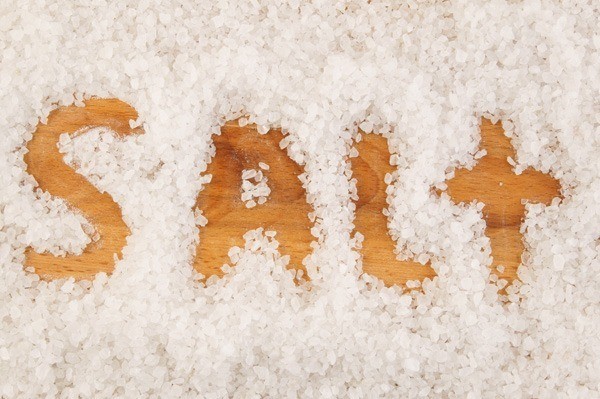
 A few weeks ago we published a blog called “
A few weeks ago we published a blog called “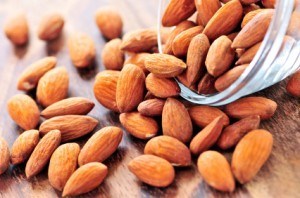 What are some sources of potassium?
What are some sources of potassium?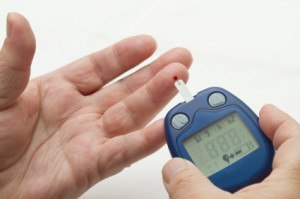 What is the relationship between potassium and diabetes?
What is the relationship between potassium and diabetes?